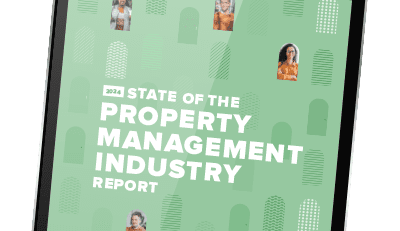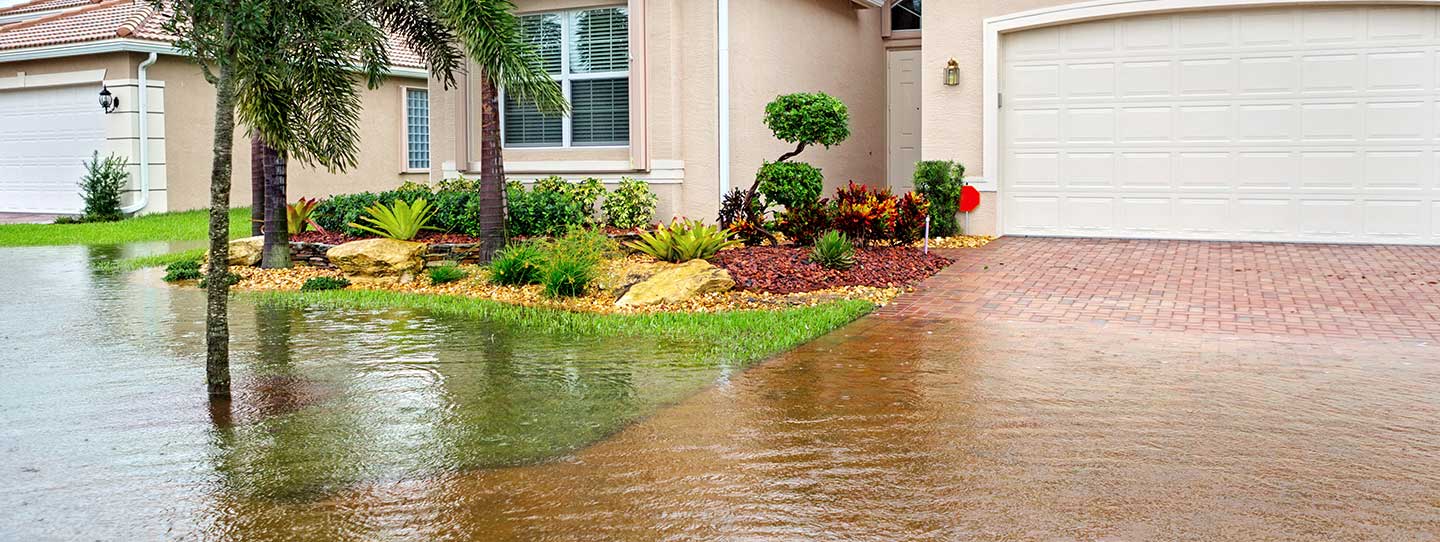The Science of Growing Your Portfolio
Learn the steps to get your property management company's portfolio growth down to a science.
Get the GuideMost homeowners understand that they need a homeowners insurance policy to protect what is often their most important personal asset. But if you own or manage investment properties, a standard homeowners insurance policy is probably not going to cut it.
In fact, owning a homeowners insurance policy on a rental property may be worse than not owning insurance at all. Why? Not only will a standard homeowners insurance policy not protect you, you’ll also be paying premiums for the non-coverage the whole time.
If your owners aren’t carrying landlord insurance, now is the time to encourage them to do so. In this post, we’ll explain the difference between homeowners insurance and landlord insurance, why landlord insurance is important for your owners, and how you can encourage them to invest in it.
Homeowners Insurance vs Landlord Insurance: Why Homeowner’s Insurance Isn’t Enough
Here’s the scoop: Homeowners insurance policies are standardized, and they’re designed and priced to provide protection for owner-occupants. As a group, owner-occupants have a very different risk profile than renters. If an owner tries to file a claim for a rental property they are not occupying with their homeowners insurance carrier, they will deny the claim.
Whether you’re a third-party property manager or one with self-managed properties in your portfolio, it helps to know the difference between these two types of insurance and what to look for in landlord insurance. Even if you manage properties for a client, you can use this knowledge to advise the property owners you work with, protecting their investment—and your own business—in the process.
What to Look for in a Landlord Insurance Policy
As with any insurance contract, definitions are essential. Tens of thousands—even hundreds of thousands—of dollars could ride on the exact wording of a clause in the contract, or how it’s defined for the purposes of the insurance contract.
There are three basic types of landlord insurance:
- DP-1: Basic budget coverage that covers common occurrences like renter vandalism and fires. Most of these policies are actual cash value, rather than replacement value policies. The carrier will subtract depreciation before issuing a benefit. See the Replacement Cost section below.
- DP-2: Broader coverage for named perils. Check the policy for the list of perils; perils not specifically named will generally not be covered.
- DP-3: Also called “open peril,” this form covers all perils not specifically excluded by the policy. Common exclusions include:
- Flood damage or water damage covered via the National Flood Insurance Program
- Damage from earthquakes, sinkholes, and earth movement
- Power failure
- Neglect
- Acts of war or terrorism
- Nuclear hazards
- Intentional loss
- Mold
A DP-3 policy doesn’t automatically pay benefits for damages due to theft or on damage to contents. But you can add contents coverage, which may be worth considering, especially if you are renting furnished dwellings.
The DP-3 policy is the most common choice for landlords renting one- to three-family properties that are not owner-occupied. Buildings with more than three families are often covered via commercial insurance rather than landlord insurance. You can also get coverage tailored for resort properties, as well as short-term rentals—be sure to tell your agent if you plan to engage in these.
Landlord Insurance Clauses
Here are some of the key landlord insurance clauses to be aware of:
Liability Insurance
Landlord insurance typically comes with much higher limits on liability coverage than homeowners policies. Landlords are frequently sued by tenants for all kinds of reasons, both legitimate and illegitimate. Landlord liability insurance will typically cover the amount of judgments and settlements up to the liability limit in the policy.
Your or your client’s landlord insurance policy generally also includes language obligating the insurance company to assist with the cost of defense, and they may even provide an attorney for you. This is a tremendously valuable benefit—and it would vanish if you were trying to cover the rental property with a standard homeowners policy.
Guaranteed Replacement Cost
If the policy has a guaranteed replacement cost clause, then you or your client are guaranteed reimbursement for the actual cost of getting a damaged or destroyed property back into service—even if materials and labor cost much more than the amount you were originally insured for.
Some carriers have gotten away from issuing this policy because it transfers more risk from the customer back to the insurance company. A guaranteed replacement cost policy may well be worth the extra premium it costs—especially if you’re planning on owning the property for a long time. Fix-and-flippers may choose to save the extra premium since they know the costs better than most, and they’re not as exposed to price swings over a long period of time.
Most of the time, landlord insurance policies can be modified to suit you or your client’s specific needs. For example, if you have an older property and rebuilding it would require artisanal materials and construction techniques, you can often get additional coverage to reflect the additional repair costs.
The alternative is a policy that pays the fair market value for destroyed or damaged property. That is, the carrier will calculate the value of the damage or destruction, then subtract depreciation from their eventual award to you. So, if the property you manage needs a new roof thanks to a thunderstorm, and the roof will cost $30,000 to replace, but you’ve owned the roof for 10 years, the company may subtract half of the amount for depreciation. You’ll then receive a check for about $15,000, minus a deductible, to pay for a $30,000 new roof.
These policies provide less protection, but they also sell at a lower premium. If you get a fair market value policy, you should be aggressively building up reserves against losses over the years so that when the need arises, you’ll have the cash ready for your or your client’s share of the damages.
Loss of Rents
As a property manager, the stream of income from the rental properties you manage is an important asset. If it’s interrupted, you could suffer significant financial harm. If the property is damaged or destroyed and you lose a tenant, landlord insurance policies provide loss of income protection—typically for up to twelve months.
A homeowners insurance policy wouldn’t cover lost income, of course, because owner-occupied homes don’t generate income to the owner. It might spring for a hotel or apartment while the damaged home is repaired, but you don’t need that—you need the income, provided you can get the protection at an acceptable premium. If you don’t rely on this income, you may choose to skip this coverage and retain the risk in order to save on premiums.
Loss of Use
A landlord insurance policy may also provide funds to help tenants rent temporary housing while the investment property is repaired. This way you won’t lose a valuable tenant.
Unit Rented to Others
If you or your client lives in the same building as a tenant, you may not need to get a whole new insurance policy. You can get an endorsement on any existing homeowners insurance policy covering liabilities arising from your tenant and your rental. However, you’ll likely need a separate landlord insurance policy if you’re renting a separate unit or structure.
Other Structures
A homeowners insurance policy will usually provide some coverage to structures like garages, carports, and sheds, up to 10 percent of the total coverage amount. Landlord insurance will require you to add coverage for these structures via a rider or endorsement; it won’t typically be covered automatically.
Personal Property
This kind of coverage is not typically included in a landlord insurance policy, although a DP-3 policy may include coverage for things like major appliances. For the best coverage, require your tenants to carry their own renters insurance.
How Much Does Landlord Insurance Cost?
Naturally, all of this extra protection isn’t free. According to research from Insurance.com, you can expect to pay about 25% more for a landlord insurance policy than you would to insure the same home as an owner-occupant. The average annual premium for most landlord insurance policies is about $1500 per year.
Liked this post? Check out our post on umbrella liability insurance and our comprehensive guide on property management insurance for more vital tips on insuring the properties in your portfolio against the worst-case scenario. Next, learn how to set yourself up for success before expanding your portfolio—download The Science of Growing a Portfolio.
Read more on Legal Considerations
